Litecoin
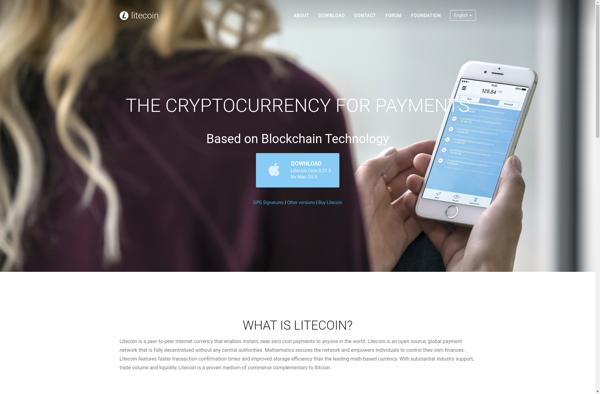
Litecoin: Peer-to-Peer Cryptocurrency with Fast Transaction Times
Litecoin is a peer-to-peer cryptocurrency that was created in 2011. It is similar to Bitcoin but has faster transaction times and uses a different cryptographic algorithm called Scrypt for mining.
What is Litecoin?
Litecoin (LTC) is a peer-to-peer cryptocurrency that was created in 2011 by Charlie Lee, an ex-Google employee, as an open source project on GitHub. Litecoin is one of the earliest alternative cryptocurrencies (altcoins) and is often referred to as the silver to Bitcoin's gold. Like Bitcoin, Litecoin is decentralized and uses a blockchain to verify transactions.
Litecoin was designed as an improved version of Bitcoin with several key differences. Litecoin processes blocks four times faster than Bitcoin, allowing for faster transaction confirmations in around 2.5 minutes. It uses a different cryptographic algorithm called Scrypt for mining rather than SHA-256. Scrypt is designed to be more accessible for mining using consumer-grade hardware such as GPUs rather than specialized ASIC miners. The maximum supply of LTC is capped at 84 million coins, quadruple that of Bitcoin's maximum supply.
Litecoin has lower transaction fees than Bitcoin and has implemented technologies like Segregated Witness and the Lightning Network to further improve scalability and reduce costs. It is accepted by a growing number of merchants and exchanges. Though Litecoin doesn't have the same adoption or trade volume as Bitcoin, it remains a popular alternative among cryptocurrency enthusiasts and has inspired hundreds of other altcoins since its launch.
Litecoin Features
Features
- Decentralized cryptocurrency
- Faster transaction times than Bitcoin
- Uses Scrypt proof-of-work algorithm for mining
- 84 million maximum coin supply
- Lower transaction fees than Bitcoin
Pricing
- Open Source
Pros
Cons
Official Links
Reviews & Ratings
Login to ReviewThe Best Litecoin Alternatives
Top Bitcoin & Cryptocurrency and Cryptocurrency Wallets and other similar apps like Litecoin
Here are some alternatives to Litecoin:
Suggest an alternative ❐Skrill

Pi Network
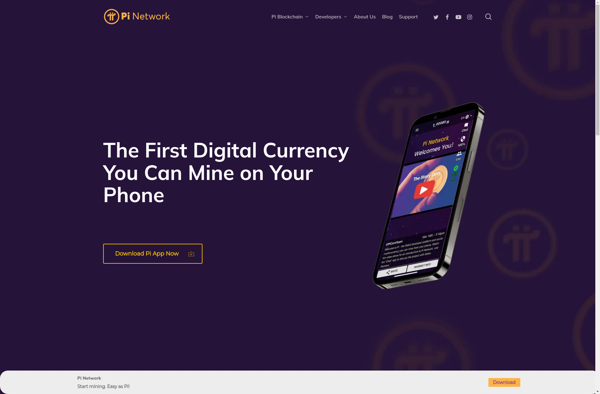
Google Pay
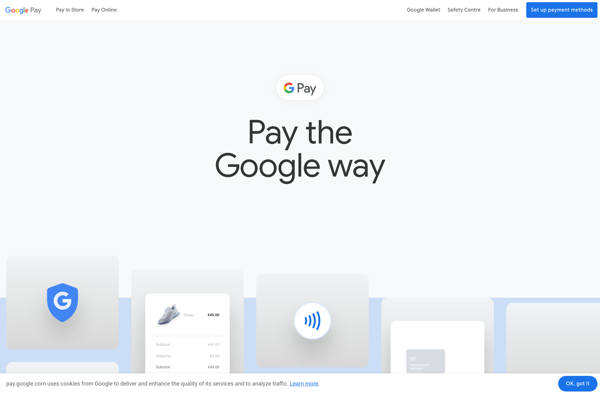
SuperPay
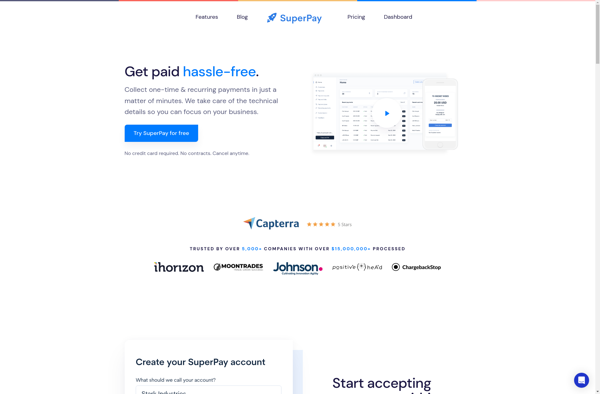
Monero

PaymentSpring
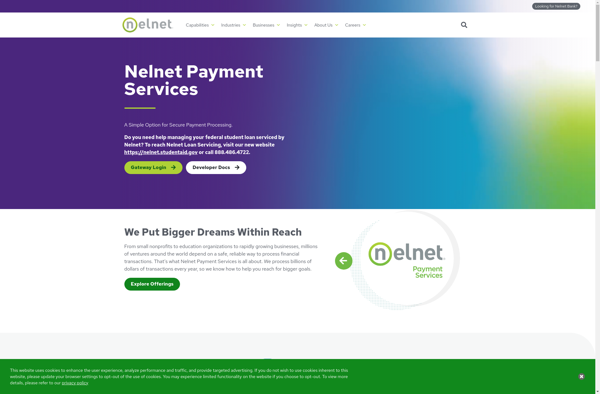
Paysafecard
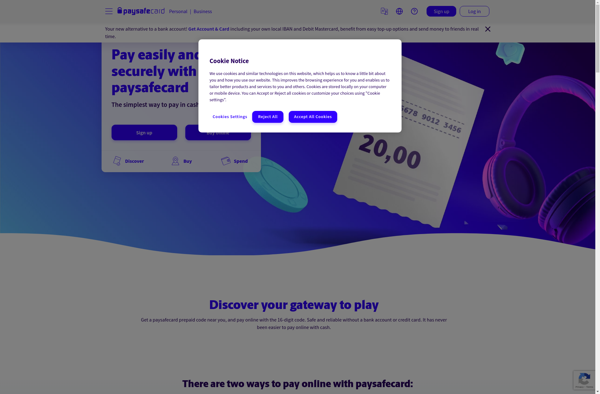
Payoneer
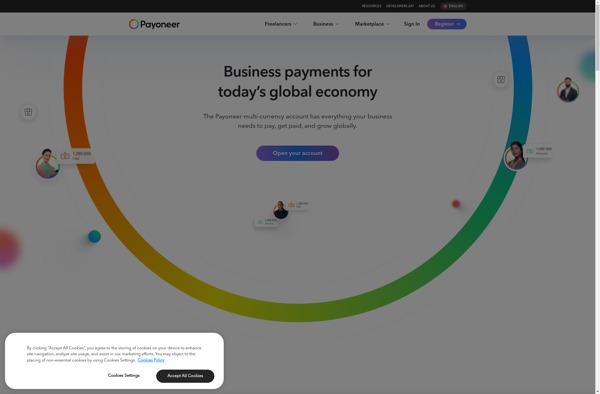
Instamojo

TradeOgre
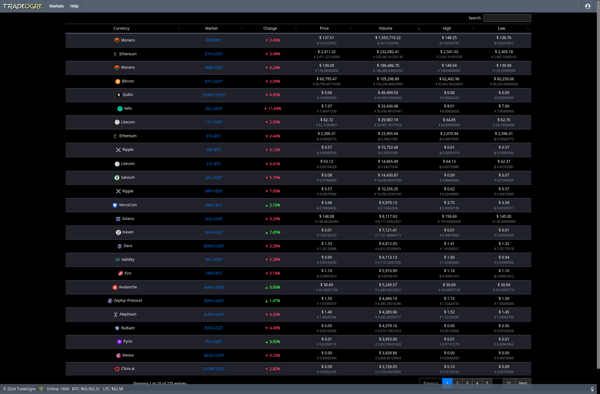
Multidoge
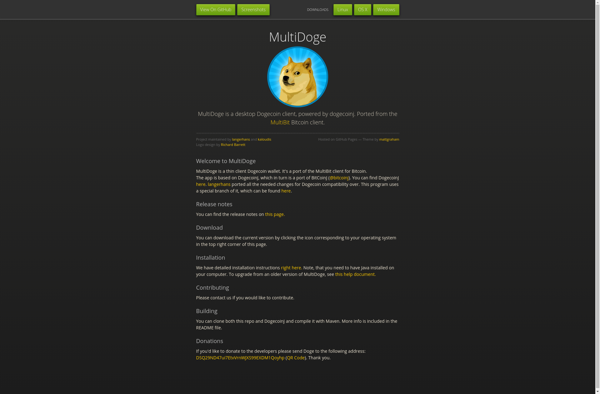
Flattr
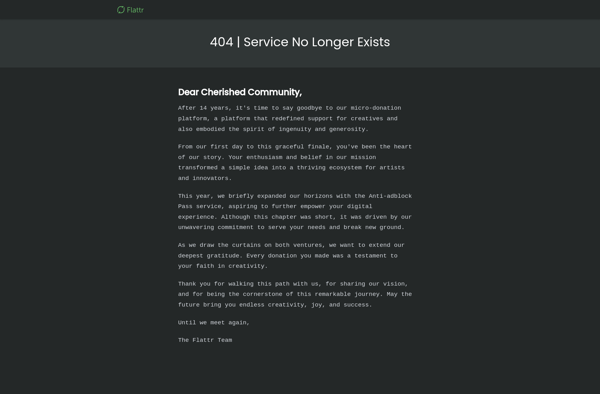
Tron (TRX)
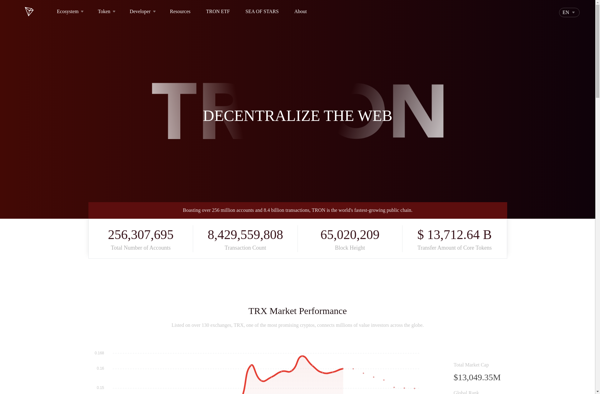
Dogecoin
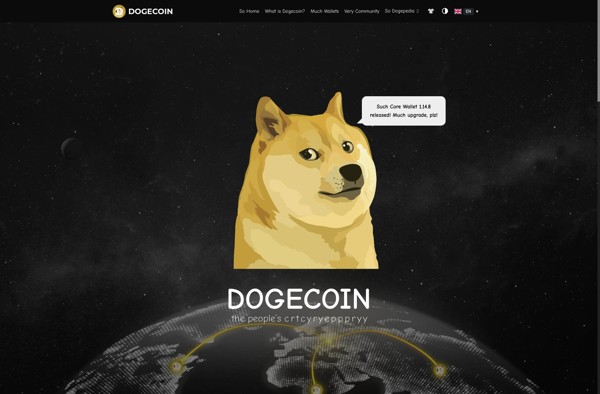
FileCoin
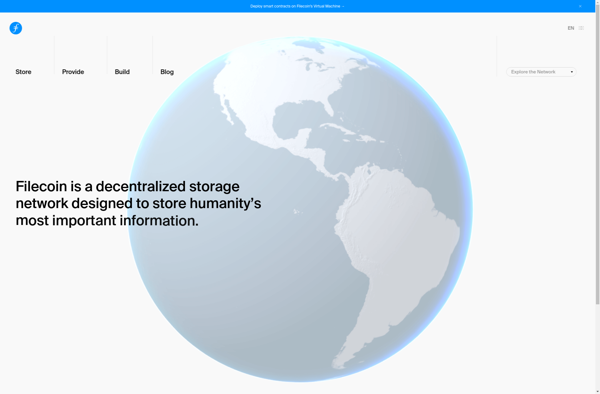
Epoch

Cardano

Bitcoin Cash
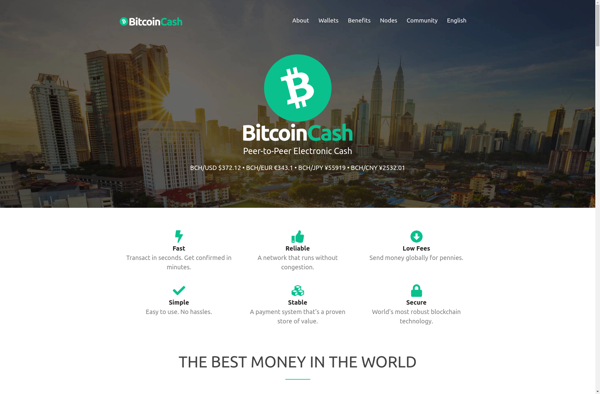
Basic Attention Token
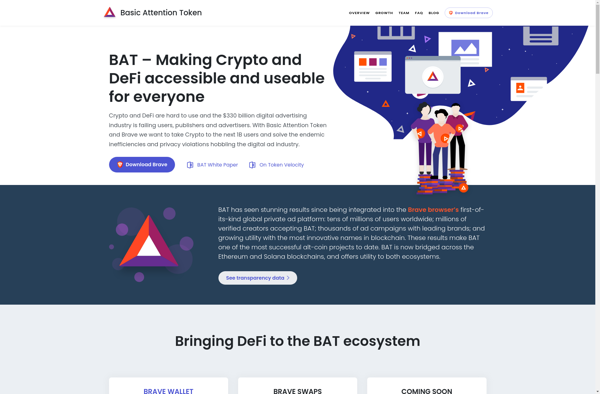
BTC to USD
Ethereum
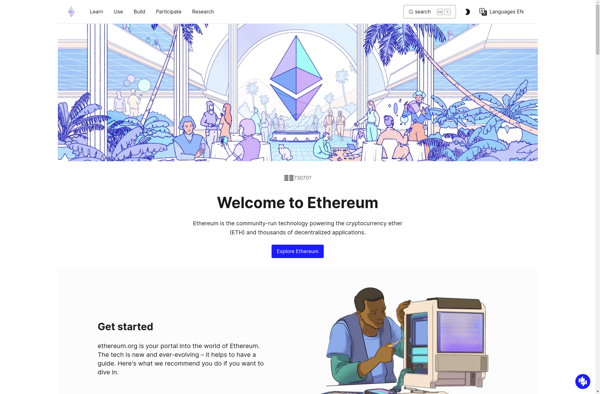
NameCoin
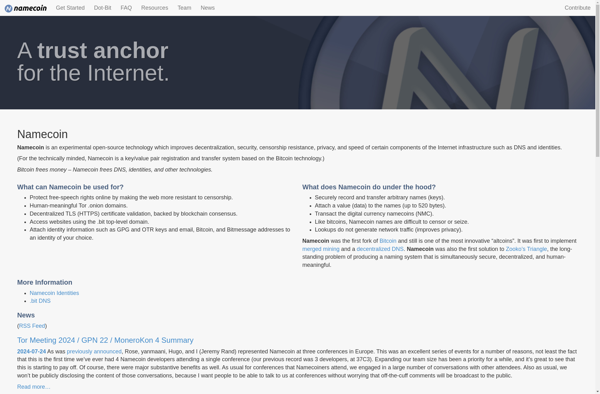
Probiller

Stellite
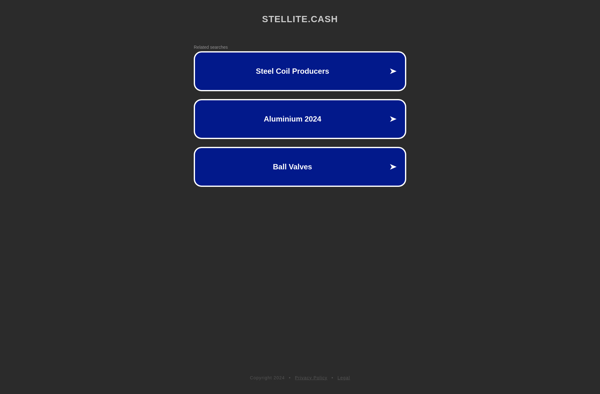
Library Credits (LBC)
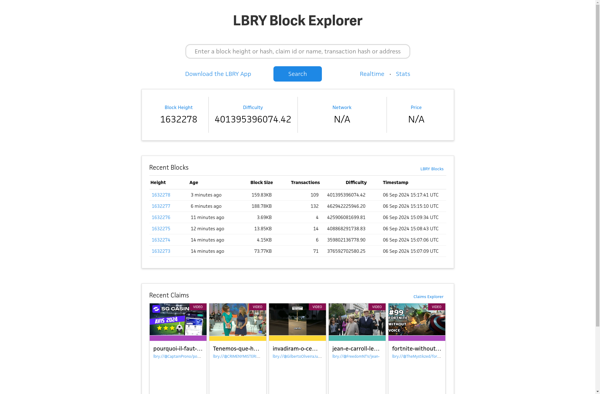
Layer Protocol
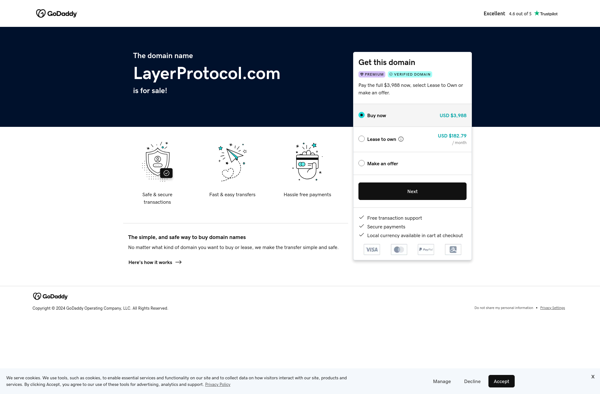
YouTipIt
Cardinity
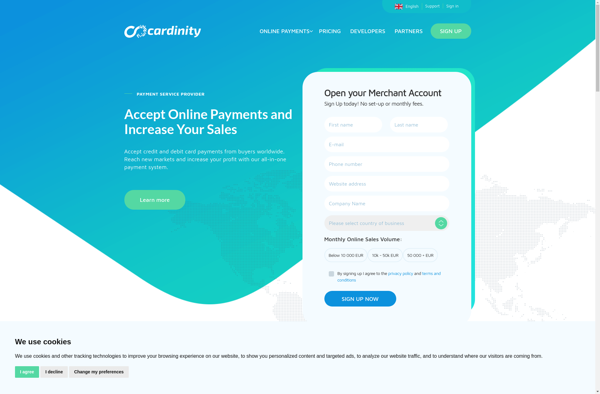
Insolar

Nochex
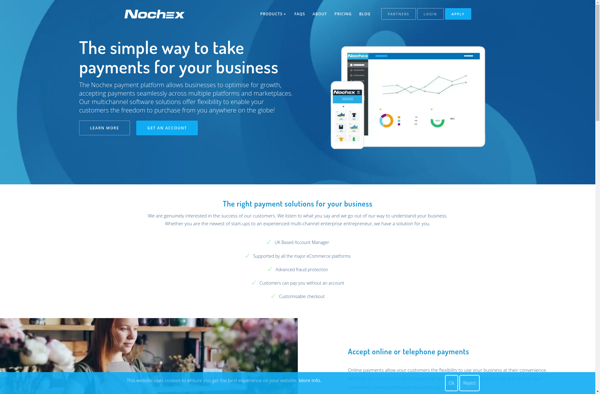
Feathercoin
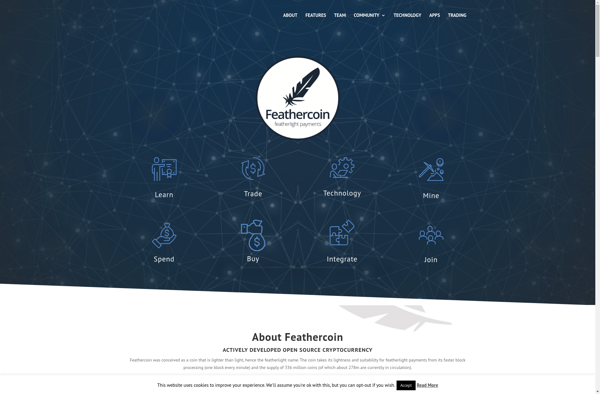
BlackCoin
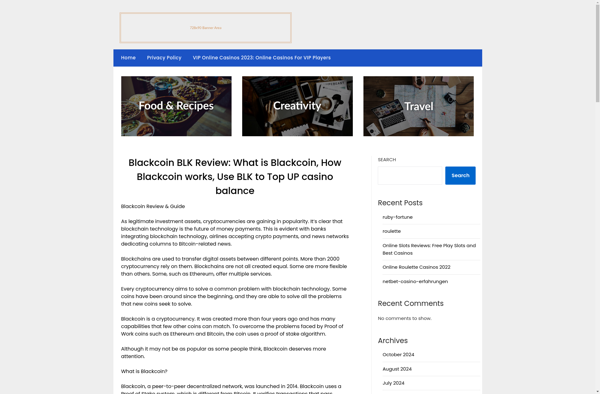
Safecoin
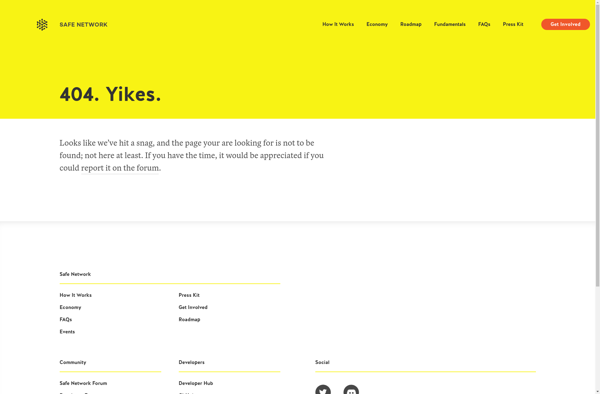
LiteVault
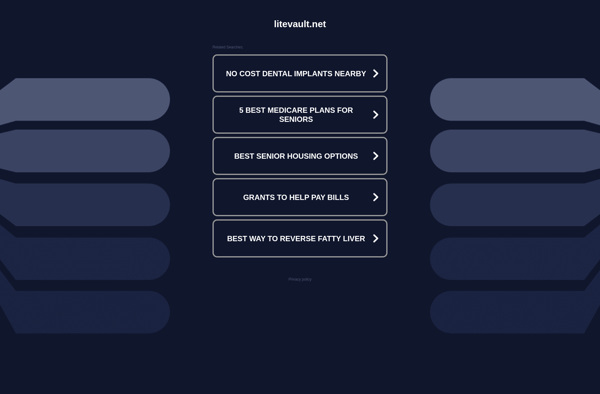
42coin
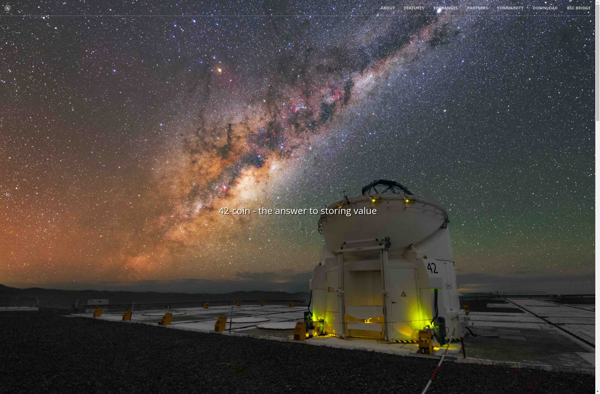
ClickandBuy
ZCore

Vertcoin
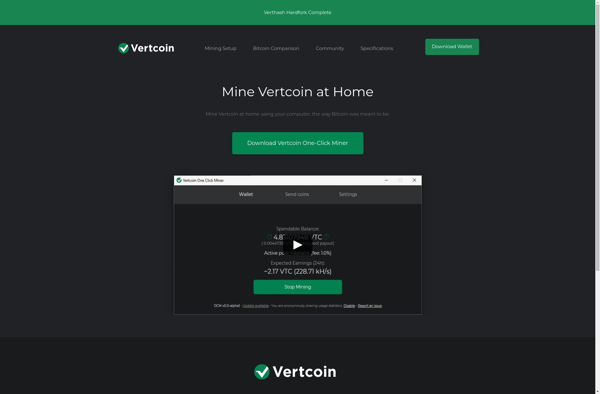
TipTheWeb
Gridcoin
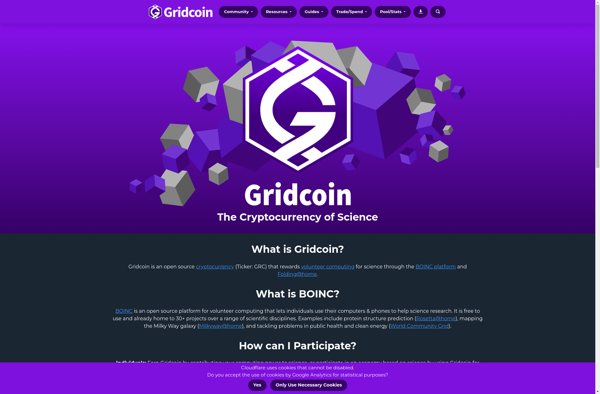
CryptoFights

ChangeTip

PENG Coin
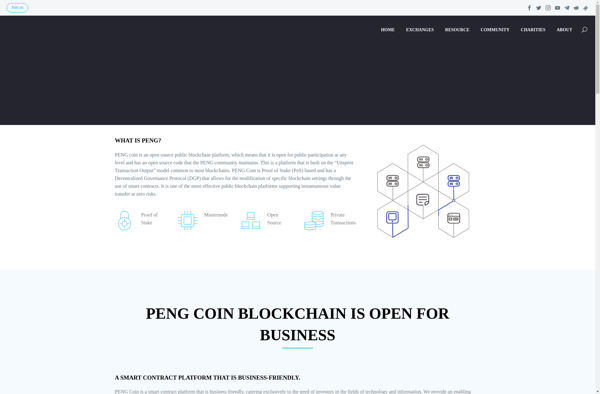
NovaCoin

Zcash

HiveNet
Hexxcoin
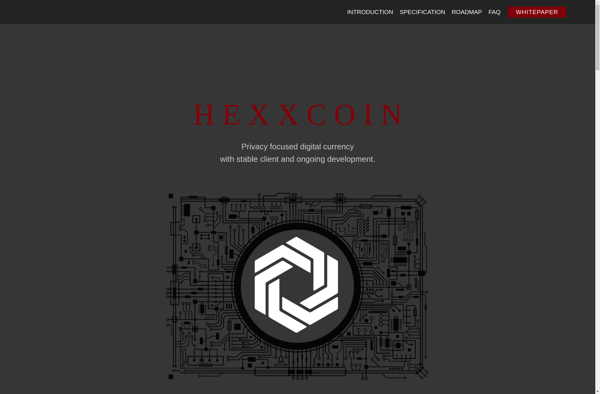
Anoncoin

KIN Cryptocurrency
E-gold

Peony Coin
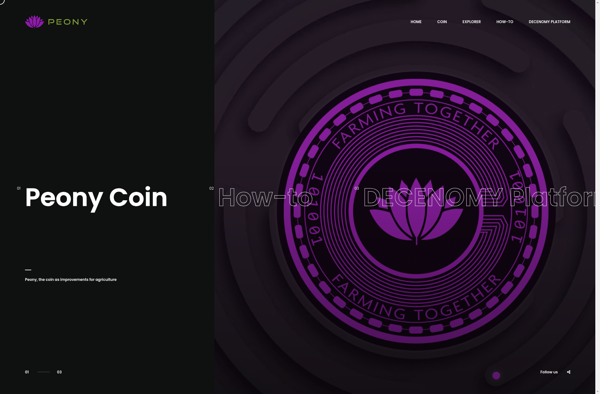
Groestlcoin

Primecoin
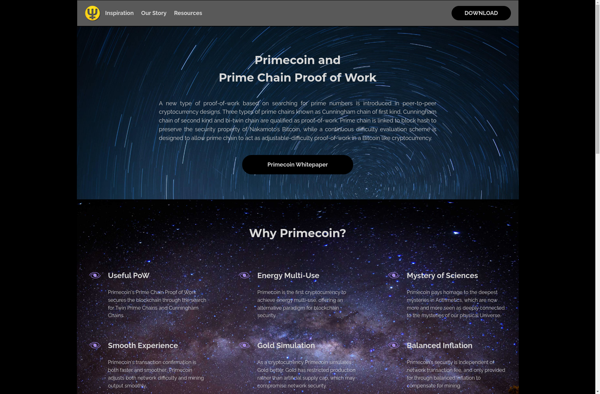
Swarm City
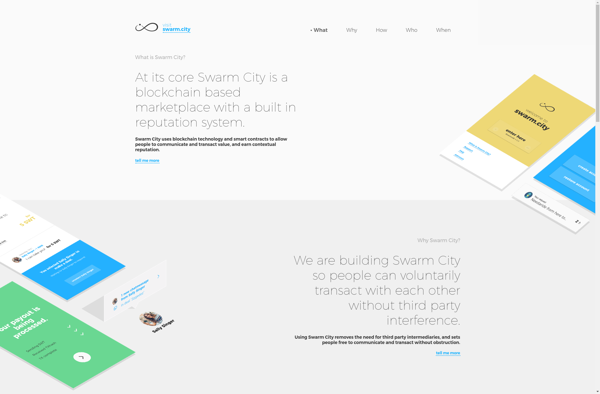
FairCoin
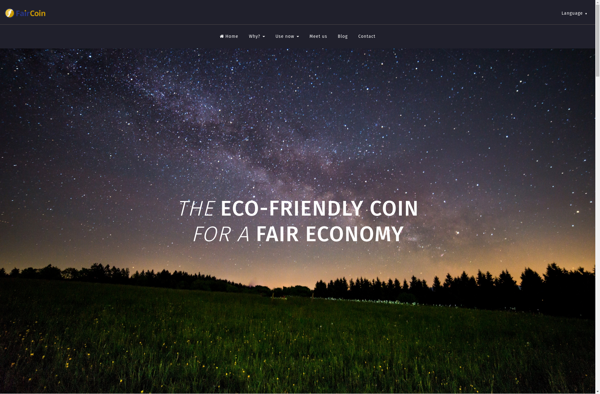
Bytom
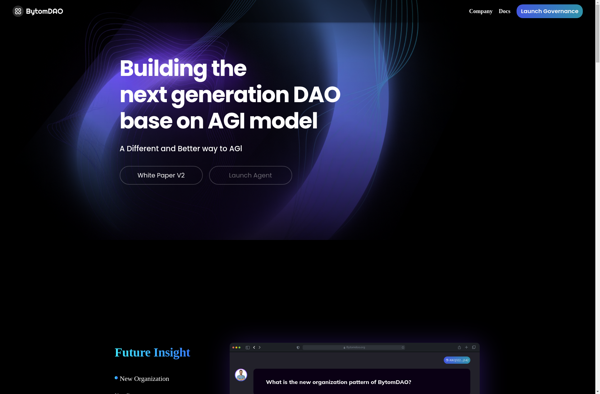
Peercoin

Bitcoin Unlimited
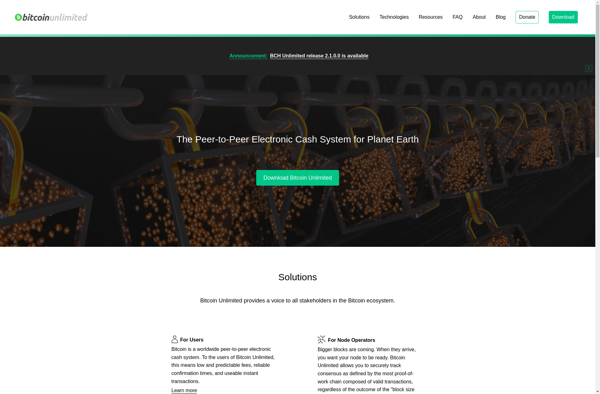
WebDollar

CureCoin
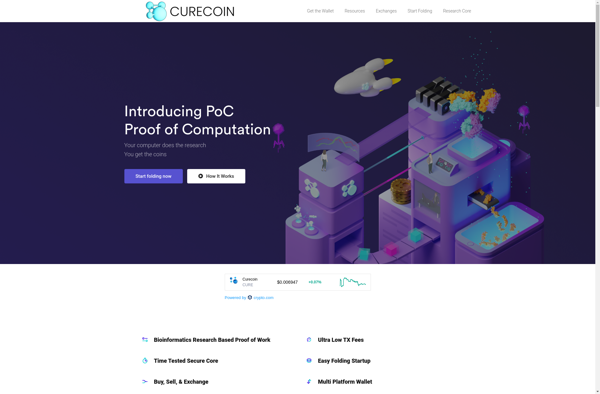
Knit Pay
